Peter is an agronomist who was prompted to research feeding sheep on winter crops after the drought in 2018 pushed livestock farmers to look for alternative feedstocks.
The practice is well known in Scotland, but historically was mainly conducted on oat crops that were getting too thick.
In the past, the main aim was to benefit the crop, with less emphasis on feeding livestock.
However, while farmers know about wintering sheep on cereal crops for short periods, it is not commonly done.
A lack of infrastructure on arable farms often prevents farmers from grazing livestock on winter crops, as fences have been removed to make fields bigger and waterings have been disconnected.

Plants after sheep grazing for 24 hours.
Plus, many farmers switch to either all arable or arable and cows, meaning they have no sheep on farm to put on to the fields.
However, Peter’s research is showing that sheep grazing can help both the crop yield and the animals.
The project saw 150 lambs grazed on 10ha of winter cereals for three weeks. This is a saving of 50p/lamb/week, based on renting grass for the winter season.
For the crop to be grazed successfully, Peter believes that the plant needs to be well tillered with dry conditions underfoot.
Wheat v barley v oats
The trial looked at wheat, oats and barley, with sheep having access to all three crops. They first grazed the barley down before moving onto the wheat and finally the oats.
Peter was concerned about the barley, as its growth points are higher in the plant and over grazing can do permanent damage.
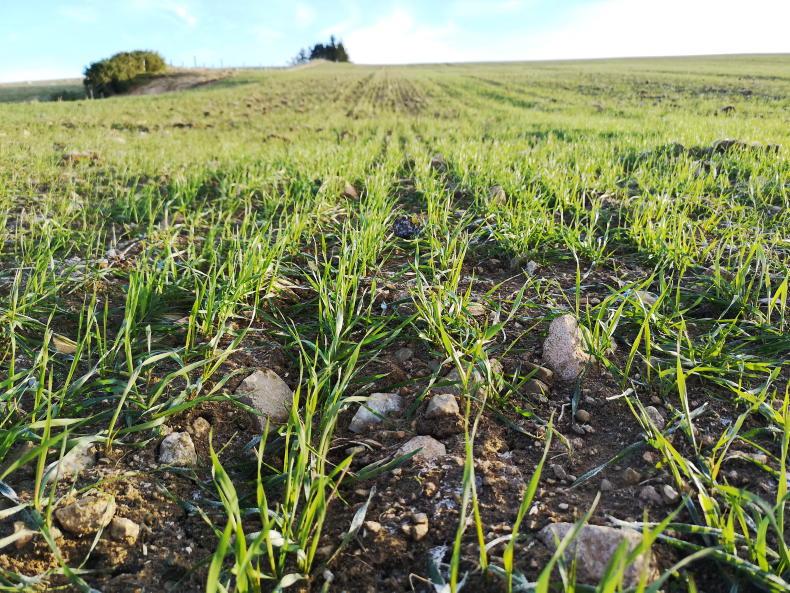
Winter wheat crop before the sheep were put onto the field.
Contrary to Peter’s worries, the winter barley went on to yield between a half to three quarters of a tonne more per hectare than projected.
“In the spring, the plants in the fields that were grazed were more even than those in the fields that were not grazed,” said Peter. Only the winter barley saw a yield benefit.
The wheat and oats both yielded a similar amount across the grazed and non-grazed areas.
For sheep on winter cereals, the drier and frostier the weather the better, but the trial did see success even in wet conditions.
At one point, there was a burst of rain over a couple of days, which saw 20mm to 30mm fall.
“I was worried, as the field looked pretty brown after the rain,” admitted Peter. “But within a fortnight of the sheep coming out of the field, the plants had recovered and the field looked healthy and even.”
Earlier planting boost
Checking plant growth by winter grazing also allows crops to be put in earlier when conditions are more likely to be drier.
Peter said: “Through our trials, we have managed to plant winter cereals in August when the soil is dry and crumbly, as opposed to later in the year when drilling is more difficult and can lead to smearing the grain into the ground.
“We are also looking at direct drilling some of the crops, as this should provide a more solid surface to carry the sheep, meaning grazing in wet conditions should be easier.”
Oilseed rape
The trial is also looking at grazing thick crops of oilseed rape.
However, farmers need to be more careful and not graze these crops too hard, as it will affect the going points on the green buds. Sheep shouldn’t be left on oilseed rape crops later than January.
Peter is an agronomist who was prompted to research feeding sheep on winter crops after the drought in 2018 pushed livestock farmers to look for alternative feedstocks.
The practice is well known in Scotland, but historically was mainly conducted on oat crops that were getting too thick.
In the past, the main aim was to benefit the crop, with less emphasis on feeding livestock.
However, while farmers know about wintering sheep on cereal crops for short periods, it is not commonly done.
A lack of infrastructure on arable farms often prevents farmers from grazing livestock on winter crops, as fences have been removed to make fields bigger and waterings have been disconnected.

Plants after sheep grazing for 24 hours.
Plus, many farmers switch to either all arable or arable and cows, meaning they have no sheep on farm to put on to the fields.
However, Peter’s research is showing that sheep grazing can help both the crop yield and the animals.
The project saw 150 lambs grazed on 10ha of winter cereals for three weeks. This is a saving of 50p/lamb/week, based on renting grass for the winter season.
For the crop to be grazed successfully, Peter believes that the plant needs to be well tillered with dry conditions underfoot.
Wheat v barley v oats
The trial looked at wheat, oats and barley, with sheep having access to all three crops. They first grazed the barley down before moving onto the wheat and finally the oats.
Peter was concerned about the barley, as its growth points are higher in the plant and over grazing can do permanent damage.

Winter wheat crop before the sheep were put onto the field.
Contrary to Peter’s worries, the winter barley went on to yield between a half to three quarters of a tonne more per hectare than projected.
“In the spring, the plants in the fields that were grazed were more even than those in the fields that were not grazed,” said Peter. Only the winter barley saw a yield benefit.
The wheat and oats both yielded a similar amount across the grazed and non-grazed areas.
For sheep on winter cereals, the drier and frostier the weather the better, but the trial did see success even in wet conditions.
At one point, there was a burst of rain over a couple of days, which saw 20mm to 30mm fall.
“I was worried, as the field looked pretty brown after the rain,” admitted Peter. “But within a fortnight of the sheep coming out of the field, the plants had recovered and the field looked healthy and even.”
Earlier planting boost
Checking plant growth by winter grazing also allows crops to be put in earlier when conditions are more likely to be drier.
Peter said: “Through our trials, we have managed to plant winter cereals in August when the soil is dry and crumbly, as opposed to later in the year when drilling is more difficult and can lead to smearing the grain into the ground.
“We are also looking at direct drilling some of the crops, as this should provide a more solid surface to carry the sheep, meaning grazing in wet conditions should be easier.”
Oilseed rape
The trial is also looking at grazing thick crops of oilseed rape.
However, farmers need to be more careful and not graze these crops too hard, as it will affect the going points on the green buds. Sheep shouldn’t be left on oilseed rape crops later than January.






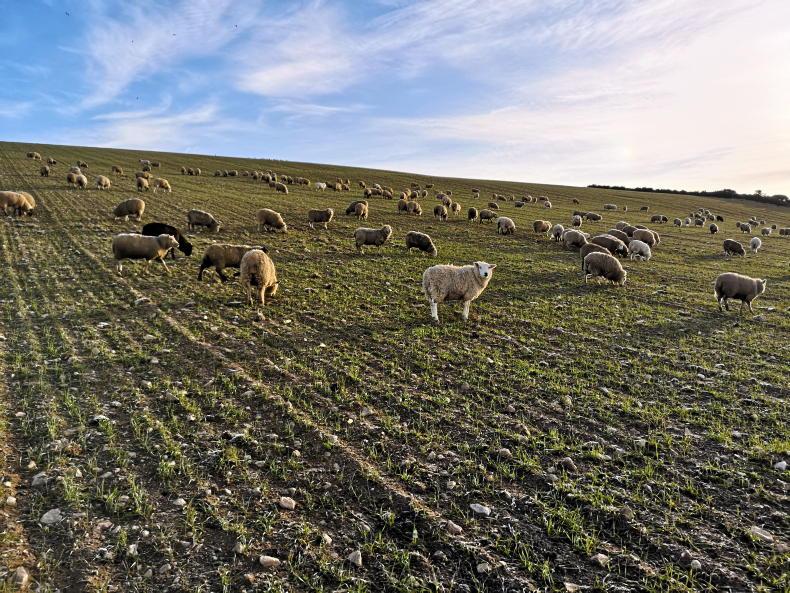
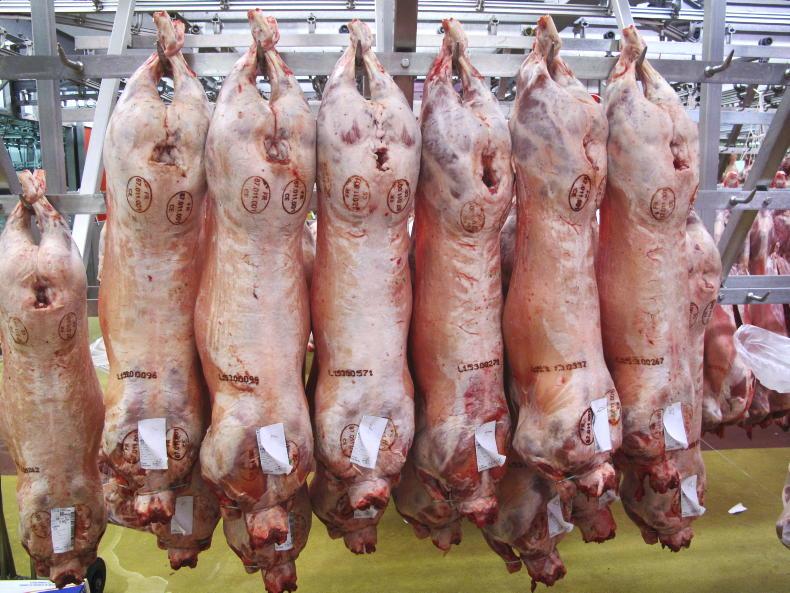

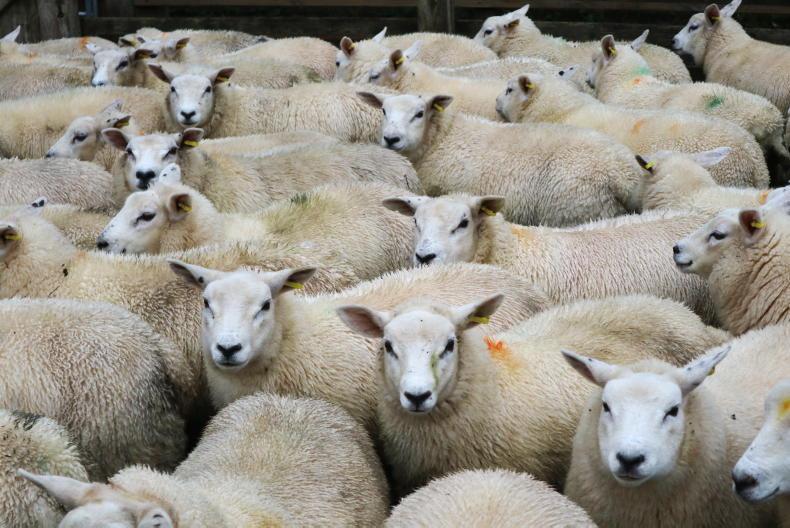
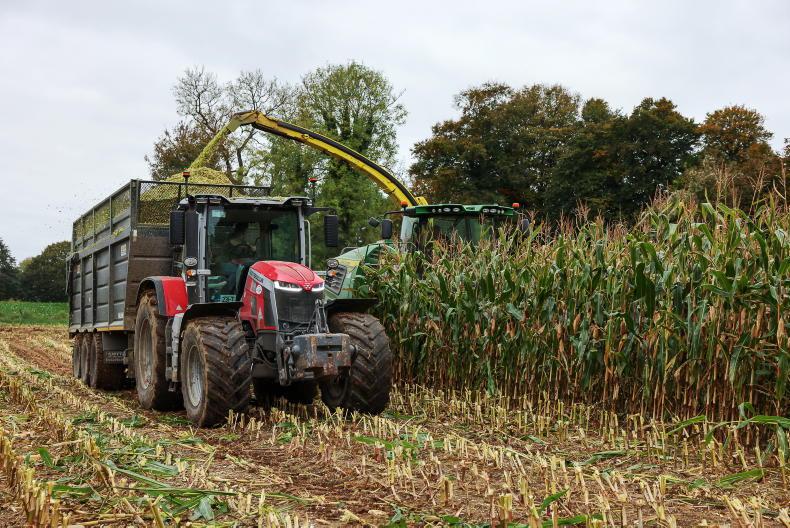
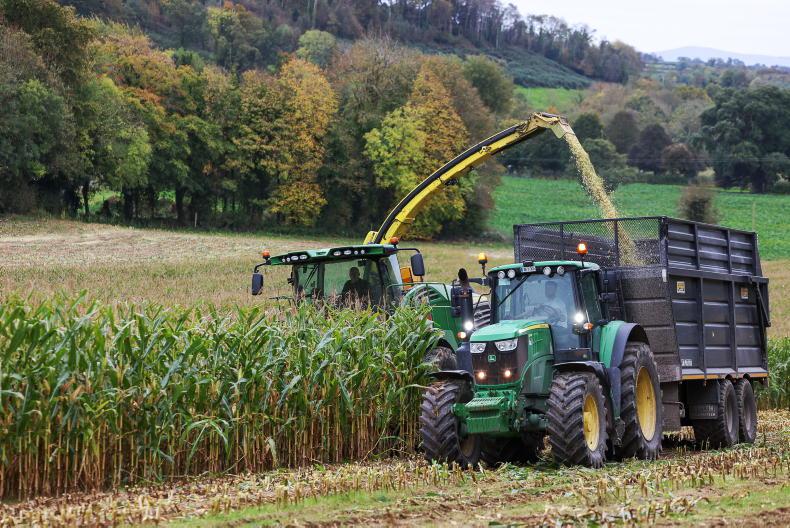
SHARING OPTIONS